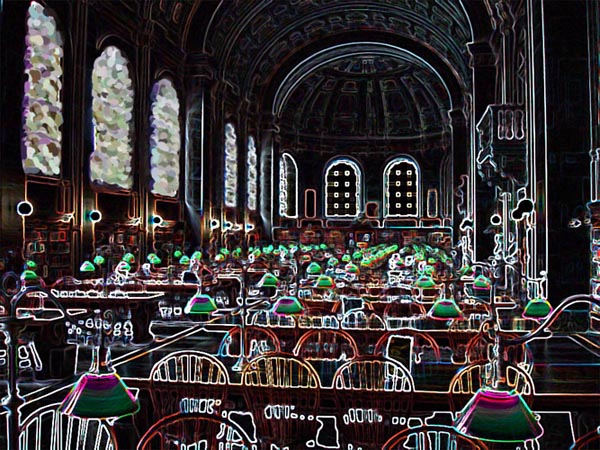
ASSUMPTIONS
Friends and colleagues in literature programs often have assumptions and apprehensions about using digital media to teach traditional texts. These assumptions deal with (1) the status of the printed text, (2) the relationship between literature and composition, and (3) pedagogical concerns:
1. We study printed texts. Therefore, producing and reading digital texts distracts us from what we really do: literary analysis. Making a text digital moves the emphasis from the content to the presentation, decreasing the academic value of the work itself.
2. Digital media belongs to composition and can play no productive role in the literature classroom. If we combine digital production with the study of literary texts, we will spend most of our time teaching technology and digital composition rather than textual analysis.
3. Digital media projects are easier to produce than traditional writing, and they do not test critical thinking or literary analysis skills in the same way that traditional written assignments do. Students will end up with work that focuses on flashy technology rather than critical engagement with the text.

Reading Room, Boston Public Library (Smith, 2007)
These kinds of assumptions are based in a culture that, due to factors both universal and personal, largely falls short in recognizing the potential that digital media has in the literature classroom.
The first step to change the state of things is to explore and refute these negative assumptions.